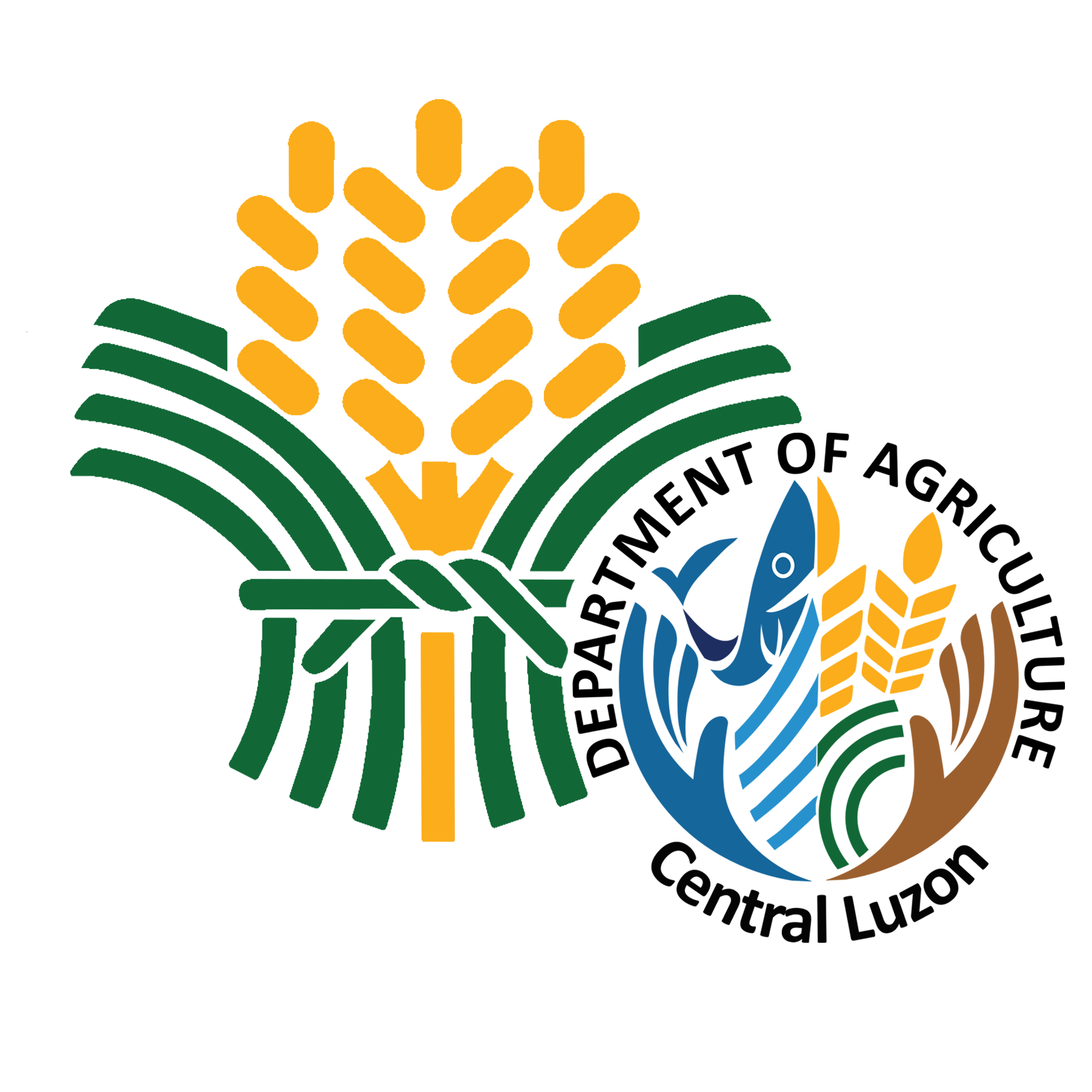What is Gender and Development?
The Magna Carta of Women (Republic Act No. 9710) defines Gender and Development Program (GAD) as the development perspective and process that is participatory and empowering, equitable, sustainable, free from violence, respectful of human rights, supportive of self-determination and actualization of human potentials. It seeks to achieve gender equality as a fundamental value that should be reflected in development choices and contends that women are active agents of development, not just passive recipients of development.
GAD focuses on Gender Mainstreaming or a strategy for:
making women’s as well as men’s concerns and experiences an integral dimension of the design, implementation, monitoring, and evaluation of policies, programs and projects in all social, political, civil, and economic spheres so that women and men benefit equally. assessing the implications for women and men of any planned action, including legislation, policies or programs in all areas and at all levels
GAD Mandates
All departments, including their attached agencies, offices, bureaus, state universities and colleges, government-owned and -controlled corporations, local government units, and other government instrumentalities shall adopt gender mainstreaming as a strategy to promote women’s human rights and eliminate gender discrimination in their systems, structures, policies, programs, processes, and procedures which shall include, but not limited to:
- Planning, budgeting, monitoring and evaluation for GAD. GAD programs addressing gender issues and concerns shall be designed and implemented based on the mandate of government agencies and local government units, Republic Act No. 7192, gender equality agenda of the government and other GAD-related legislation, policies, and commitments. The development of GAD programs shall proceed from the conduct of a gender audit of the agency or the local government unit and a gender analysis of tis policies, programs, services and the situation of its clientele; the generation and review of sex-disaggregated data; and consultation with gender/women’s rights advocates and agency/women clientele. The cost of implementing GAD programs shall be the agency’s or the local government unit’s GAD budget which shall be at least five percent (5%) of the agency’s or the local government unit’s total budget appropriations – Creation and/or Strengthening of the GAD Focal Points (GFP). All departments, including their attached agencies, offices, bureaus, state universities and colleges, government-owned and -controlled corporations, local government units, and other government instrumentalities shall establish or strengthen their GAD Focal Point System or similar GAD mechanism to catalyze and accelerate gender mainstreaming within the agency or local government unit.
- The GAD Focal Point System shall be composed of the agency head or local chief executive, an executive committee with an Undersecretary (or its equivalent), local government unit official, or office in a strategic decision-making position as Chair; and a technical working group or secretariat which is composed of representatives from various divisions or offices within the agency or local government unit.
DA- GAD Mission and Vision
VISION
A gender inclusive and sustainable agriculture and fisheries sector with empowered farmers and fisherfolk.
MISSION
Ensure women and men’s equitable access and control of agricultural and fisheries resources and support services
GAD Goals
- Enhanced institutional capacities in planning, implementing and monitoring and evaluation of gender-responsive PPAs;
- Improved access of small and marginalized women and men farmers and fisherfolk to economic opportunities;
- Expanded economic opportunities of women and men engaged in production of agricultural and fisheries products and services.

